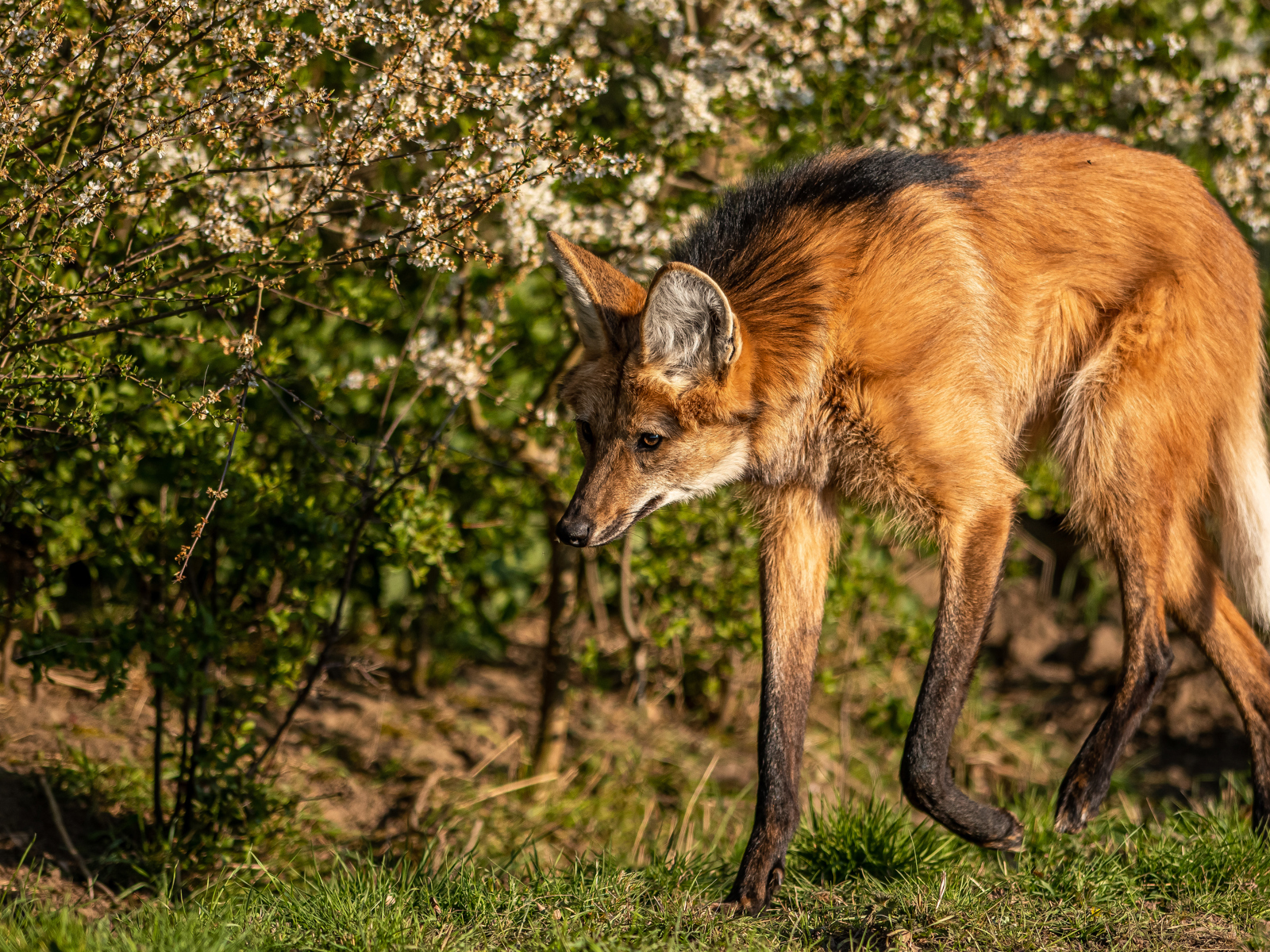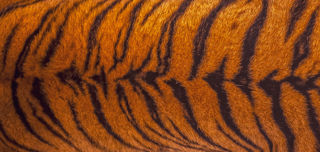
Brand-new entrance and animal reserves at Yorkshire Wildlife Park!
New animals, a new reserve, a new purpose - built entrance and the first phase of a new visitor complex will surprise visitors when Yorkshire Wildlife Park, Doncaster reopens on Monday April 12.
14 July 2021
With the opening of the new entrance, visitors will see the preliminary phase of the Yorkshire Hive development taking shape and during 2021 more attractions, restaurants and shopping will open.
Chief Executive John Minion, said: “We are delighted to have been given the green light to reopen the Park. So much has changed from our new entrance to our new arrivals in Atlantic Forest. We have been planning the expansion for several years now, so to be taking the first step of opening the new entrance and the first new reserve Atlantic Forest is amazing.
This is only a small part of our plans for the next few years so watch this space and as restrictions lift over the coming months, we will be opening more exciting new developments.
“We are really looking forward to being able to reopen all our outdoor play areas and outdoor café seating areas and this will add a great extra dimension to a day out at the park.
“We are well practised now at implementing Covid precautions and we are lucky to be an outdoor attraction on a spacious site.
“Let’s hope that 2021 turns around to be a good year for all tourism in Yorkshire.”
A pair of recently arrived Lowland Tapir, Maned Wolves and a pack of Bush Dogs will make their debut in the new reserve Atlantic Forest which is the first of the reserves to open in 2021 as part of the Park’s expansion project. These three species are all found in the threatened habitat of the Atlantic Forest (Mata Atlantica) in South America. The Wildlife Foundation charity works with the conservation organisation WildCare in Misiones, Argentina helping protect and create wildlife corridors for the animals that live in the Atlantic Forest.

The maned wolf (Chrysocyon brachyus) is the most striking of the new arrivals.Having evolved to live in high grass savannas, the long-legged maned wolves have a thick red coat, distinctive black markings and tall, erect ears.It is the largest canid of South America.Though It looks more like a long-legged fox than a wolf, genetic studies show that it is neither fox nor a true wolf, but a distinct species.Weighing up to 30kg, they are endemic to Brazil, Bolivia, Argentina and Paraguay. YWP’s new residents are Ibera, a two-year-old female who has come from Nuremburg Zoo in Germany and Axenus, a four-year-old male from Paignton Zoo.

Matilda and Luna, the two female Lowland tapir (Tapirus terrestris) aged three and four respectively, are settling in well and are sure to become firm favourites with rangers and visitors alike.Tapirs use their mobile flexible snouts to browse leaves and pick up fruits, but they are also great swimmers and use them as a snorkel.The spiky thick hair on the nape of the neck is to protect that vulnerable area which is exactly where jaguars would target their attack.Weighing up to 225kg and up to 1.8m in length, they are not small animals and are more closely related to rhinos or horses that pigs.
Another species to arrive in the Atlantic Forest is the active and curious bushdog (Speothos venaticus).Tiny Tim, the new resident male has been very recently joined by three females.They live and hunt in small family packs. Just 5 -8kg in weight, in the wild they live in the lowland forest, wet savannah and river habitats and have evolved partially webbed feet to help them swim better. Only the dominant pair will breed, and the rest of the pack are subordinate and will help rear and protect the cubs.They are carnivores and will hunt agouti, capybara and even larger prey such as rhea.They hunt during the day and hide in their dens at night away from jaguars.Their disappearing habitat means that they are now classified as near threatened.
Offering another new aspect for visitors, there is a new leisure shopping at the free- admission entrance.
It is a select mix of local independent shops and boutiques where visitors may browse for artisan food and drink, delicious sweet treats and confectionary, homeware, cards and accessories.
The wide range of products continues with children’s clothes, stunning African art and wildlife photography and a new plant for the garden.
Subscribe to updates from Yorkshire Wildlife Park
Join our newsletter for the latest news, events and offers

